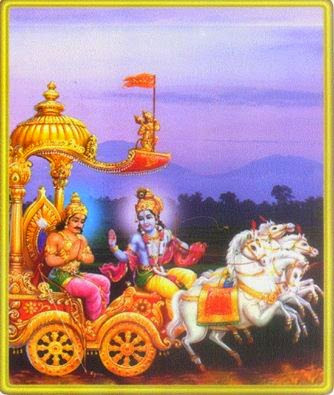HINDU FASTS & FESTIVALS : 18-1.

18. HANUMAN JAYANTI-1. Yatra yatra raghunatha kirtanam; Tatra tatra kritha masthakanjalim; Bhaspavaari paripurna lochanam; Maarutim namata raakshasanthakam MEANING :- “We bow to Maruti, Sri Hanuman, who stands with his palms folded above his forehead, with a torrent of tears flowing down his eyes wherever the Names of Lord Rama are sung”. SRI HANUMAN is worshipped all over India—either alone or together with Sri Rama. Every temple of Sri Rama has the murti or idol of Sri Hanuman. Hanuman is the Avatara of Lord Shiva. He was born of the Wind-God and Anjani Devi. His other names are Pavanasuta, Marutsuta, Pavankumar, Bajrangabali and Mahavira. Swami Sivananda To be continued ...






















